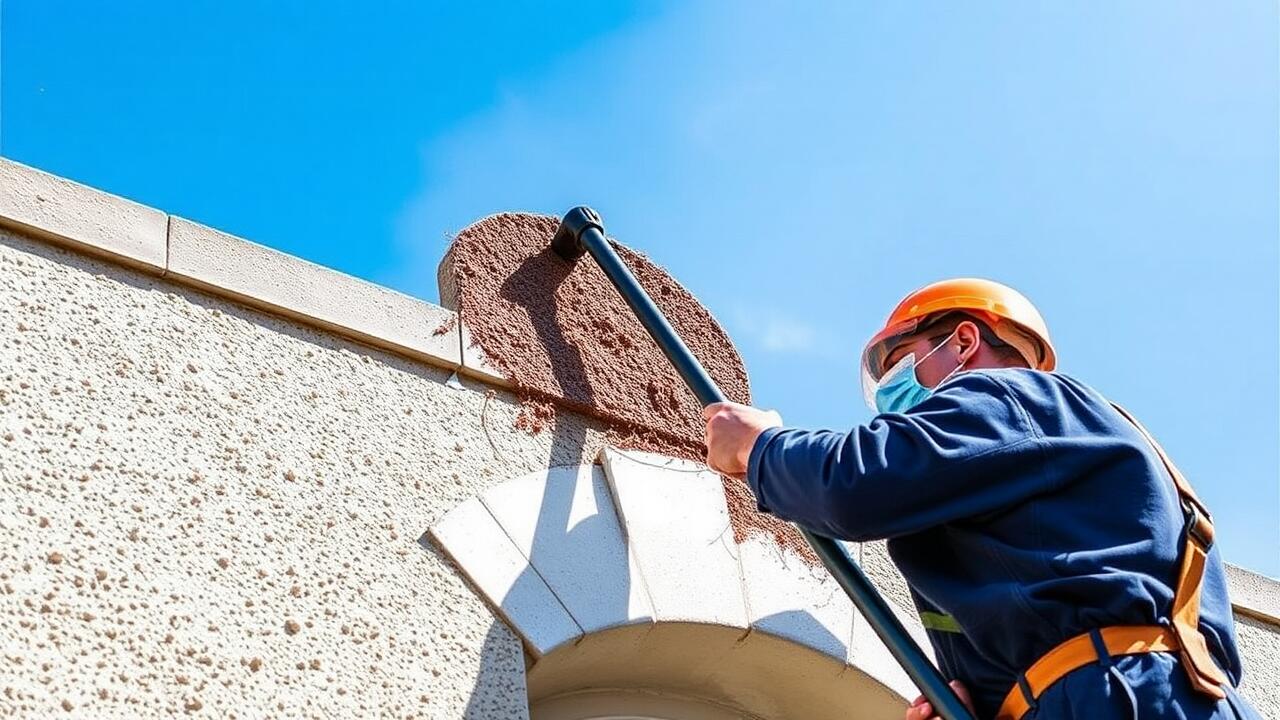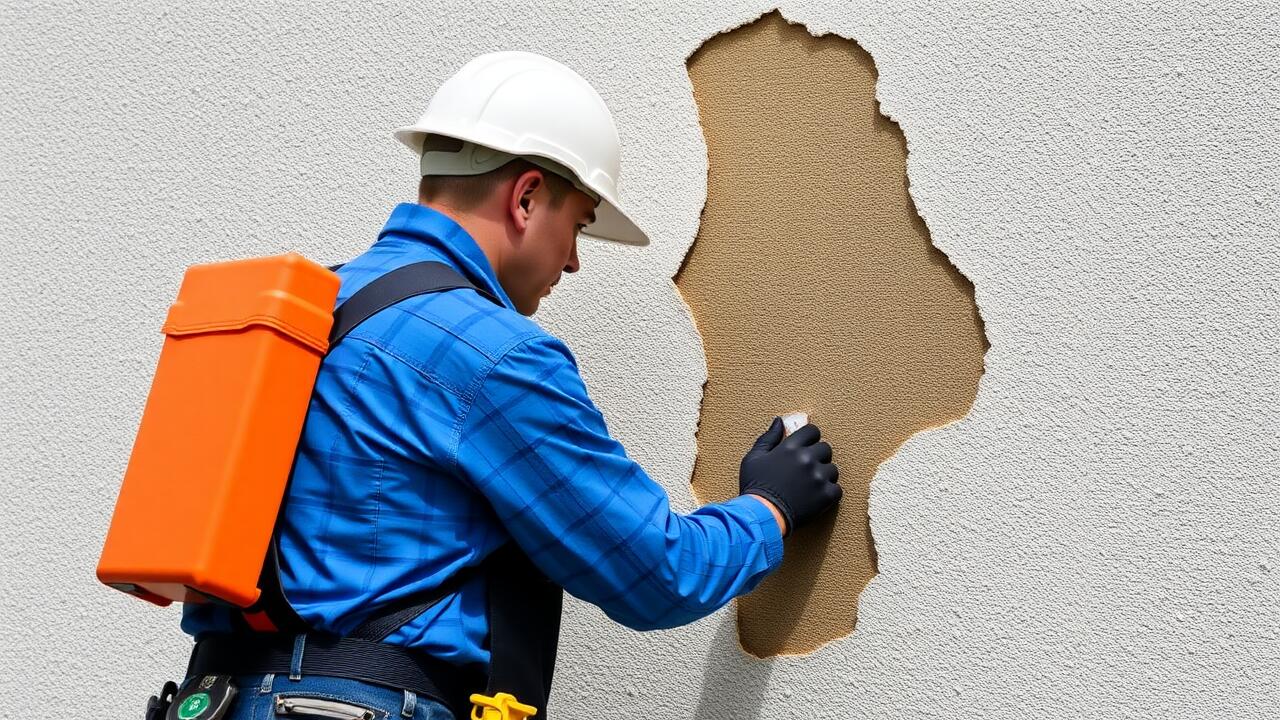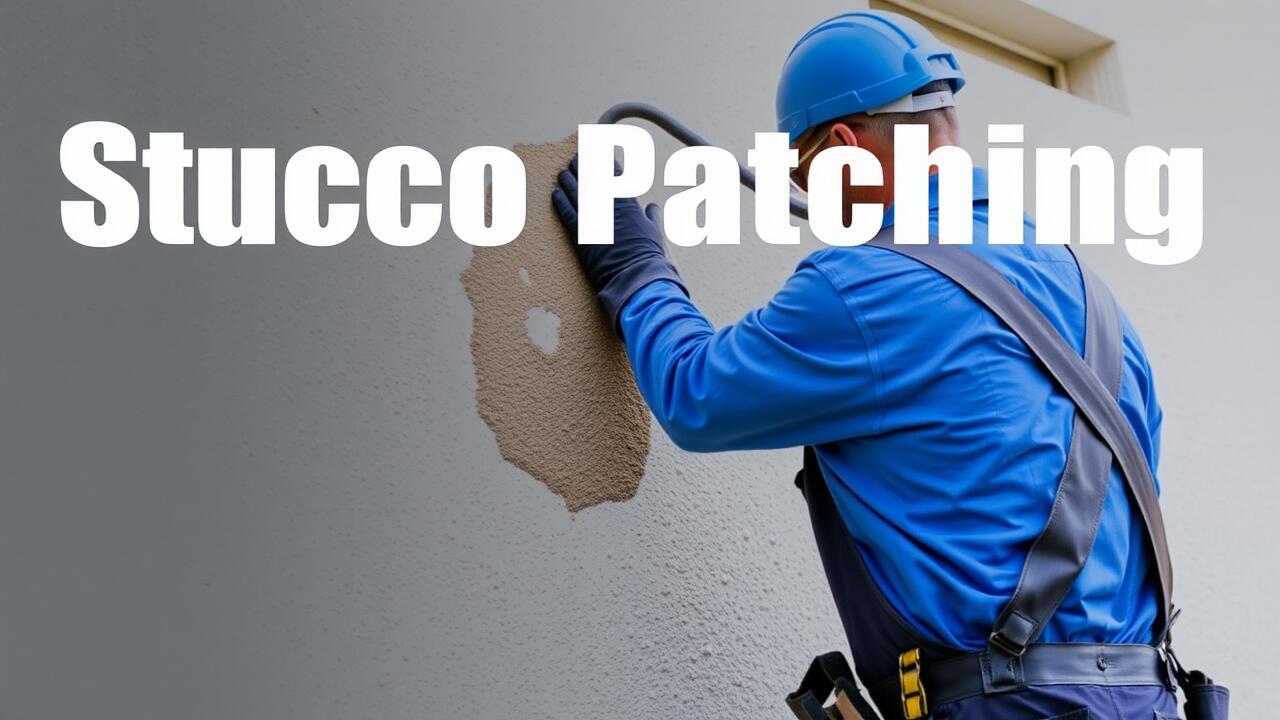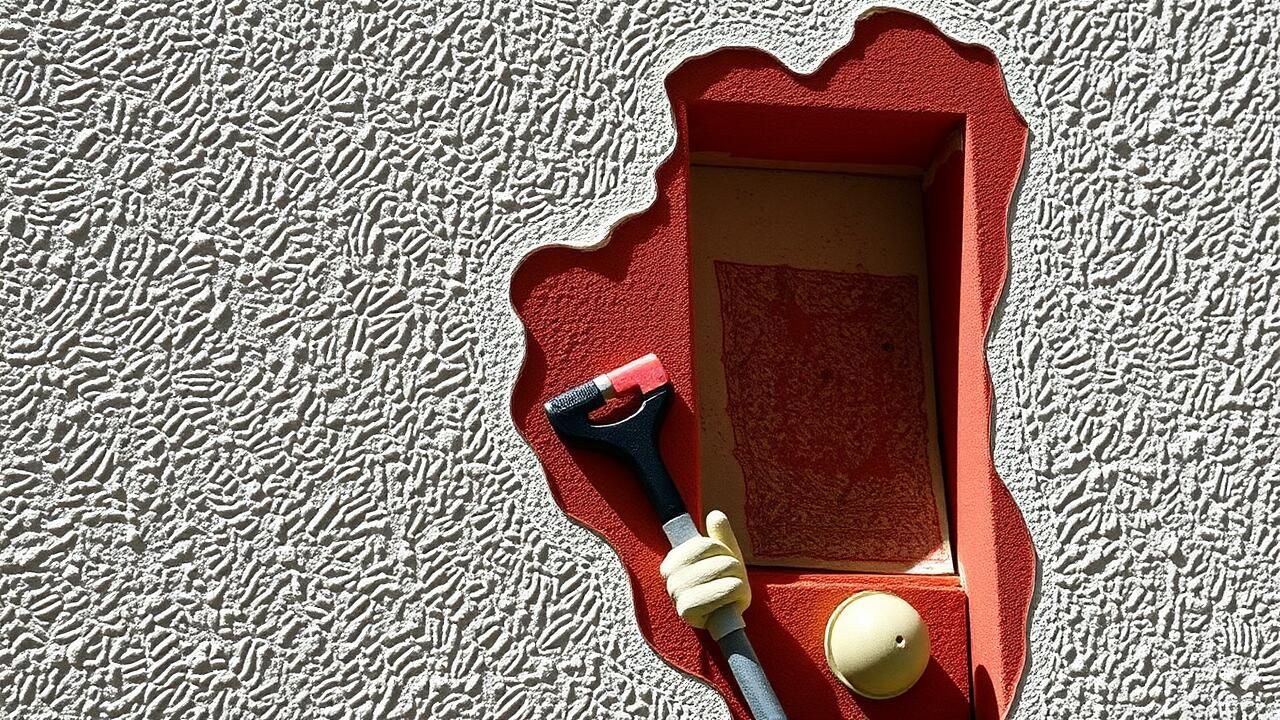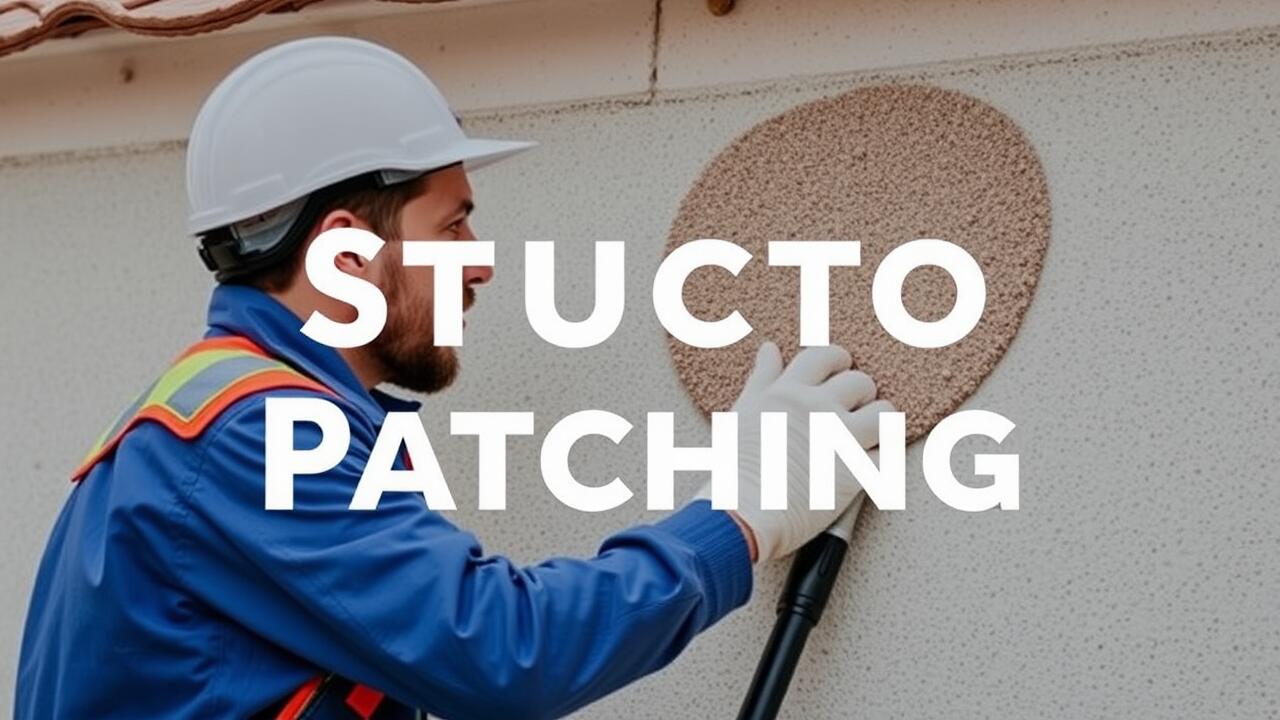
Mixing the Right Patch Material
When preparing to patch large holes in stucco, selecting the right patch material is crucial for achieving a successful and durable repair. A variety of patching compounds are available, from premixed options to custom blends. Premixed compounds offer convenience for those who prefer a ready-to-use solution. Custom mixes allow for more control over the texture and consistency, making them suitable for specific applications. It's important to consider the size and depth of the hole along with the existing stucco's characteristics when choosing the material.
People often search for "Stucco Patching near me" to find local suppliers or contractors that can assist in the process. Local suppliers can provide specific recommendations based on regional stucco materials and conditions. Choosing high-quality materials not only enhances the repair's longevity but also contributes to the overall aesthetic of the surface. Regardless of the option selected, ensuring a proper mix according to the manufacturer's instructions is key to achieving a solid and cohesive repair.
Choosing Between Premixed and Custom Mixes
When deciding between premixed and custom mixes for stucco patching, consider the size and nature of the repair. Premixed options are often convenient and ready to use, making them ideal for quick projects or smaller holes. These products provide consistent results and require minimal preparation. Local home improvement stores frequently stock these premixed solutions, which can be a time-saver for those searching for "Stucco Patching near me."
On the other hand, a custom mix allows for greater control over the materials, particularly when dealing with larger areas or specific texture requirements. Mixing your own stucco gives the flexibility to adjust the properties to match the original finish better. This approach may require more skill and knowledge of the materials involved. Both choices have their merits, but the decision largely hinges on the scope of the job and personal preference for convenience or customization.
Applying the Patch
When applying the patch, it's crucial to begin by preparing the surface of the hole. Remove any loose debris and dust with a wire brush or a vacuum. This ensures a good bond between the existing stucco and the new material. Mix your patching compound according to the manufacturer's instructions for optimal results. You may find resources online by searching for “Stucco Patching near me” to locate local suppliers or professionals who can provide guidance and materials.
Next, use a trowel to apply the patching compound. Begin at the edges of the hole, pushing the compound into the crevice to create a solid bond. Gradually build up the patch to be level with the surrounding area. Take your time to smooth the surface, ensuring there are no voids or air pockets. A well-applied patch will not only be durable but will also prepare the area for texturing later on.
Techniques for Even Application
Achieving an even application when patching large holes in stucco requires careful attention to technique. First, ensure that the patch material is properly mixed and has a consistent texture, as this will help with a smooth finish. Using a hawk or trowel, spread the patch material over the hole with firm, even pressure. Hold the trowel at a slight angle to create a flat surface. Avoid overworking the material, as it can lead to unevenness and a rough appearance.
Once the patch is applied, smoothing the edges is crucial for blending the repair seamlessly with the surrounding wall. Lightly feather the patch’s edges using a damp sponge or a rounded trowel, extending the patch material beyond the perimeter of the repair. This technique helps to diminish the appearance of the repaired area once it is textured. For those seeking professional assistance with their project, searching for "Stucco Patching near me" can yield local experts who can ensure a flawless application.
Texturing the Repair
Achieving a seamless texture that matches the surrounding stucco finish is vital for a successful repair. Begin by assessing the existing texture of the stucco. This may include looking for patterns like smooth, sand, or dash textures. Using the right tools, such as a trowel or a stippling brush, will help replicate these patterns. For larger repairs, consider applying multiple coats with different textures to create depth and mimic the original surface.
When searching for solutions, residents often look for "Stucco Patching near me" to find local experts who can assist in texturing the repair. It is also wise to experiment on a small patch or board to ensure the right texture is achieved before applying it directly to the wall. By taking the time to properly match the existing finish, the repaired area will blend seamlessly, maintaining the aesthetic integrity of the stucco siding.
Matching the Existing Stucco Finish
Achieving a seamless match between the new patch and the existing stucco finish is essential for maintaining the aesthetic integrity of the surface. Before you start, closely inspect the current texture and paint of the surrounding area. Determine whether the finish is smooth, rough, or has a specific pattern. Take note of the style used in nearby sections to replicate it accurately. For those unsure about how to proceed, services offering “stucco patching near me” can provide expert advice and assistance.
To create the desired texture, use specialized tools designed for stucco work. Depending on the existing finish, you may apply a dash brush, trowel, or sponge technique to mimic the original surface. Practice on a small area or test piece if necessary, ensuring that the texture blends seamlessly with the surrounding stucco. Once the patch has dried, evaluate the color match as well. If the new patch appears different, consider applying a coat of paint or texture medium to unify the appearance.
FAQS
What materials are best for patching large holes in stucco?
The best materials for patching large holes in stucco include premixed stucco patch compounds and custom mixes made from Portland cement, sand, and water. The choice depends on the size of the hole and the desired finish.
How do I choose between premixed and custom mixes for stucco repairs?
Choosing between premixed and custom mixes depends on your experience level and the size of the repair. Premixed options are easier to use for smaller jobs, while custom mixes allow for more control and can be tailored for larger or specific repairs.
What techniques can I use to apply the patch evenly?
To apply the patch evenly, start by using a trowel to fill the hole, ensuring you press the material into the edges. Then, use a straightedge to smooth the surface and feather the edges for a seamless blend with the surrounding stucco.
How can I match the existing stucco finish after repairing?
To match the existing stucco finish, observe the texture of the surrounding areas and replicate it using tools like a sponge, brush, or stipple brush. Experiment on a small area first to ensure a good match before applying it to the repair.
How long should I wait before painting or sealing the repaired area?
It’s generally recommended to wait at least 24-48 hours for the patch to cure before painting or sealing. However, always check the manufacturer’s instructions for specific curing times related to the patch material used.
